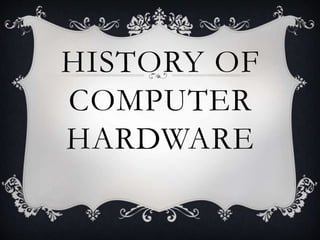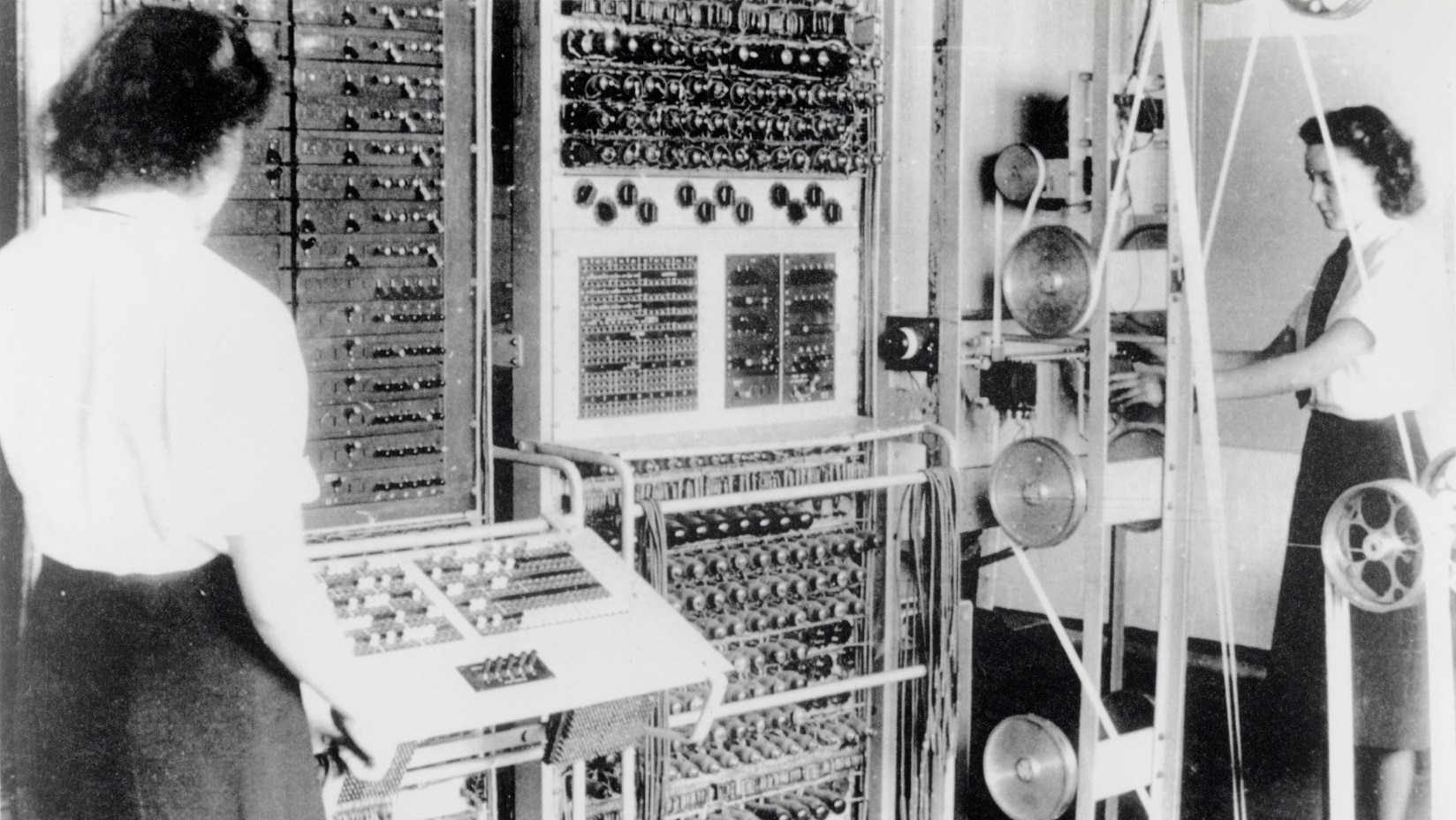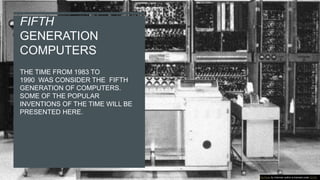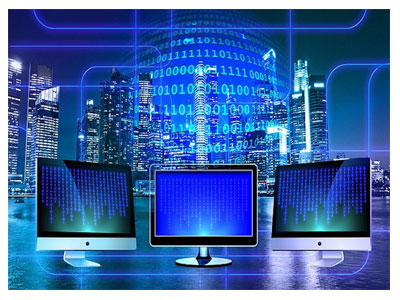A Journey Through Time: The History of Computer Hardware
Presentation
PC equipment has gone through a wonderful change from the early mechanical gadgets of the nineteenth century to the high-velocity, compact, and efficient machines we use today. The advancement of PC equipment has been driven by the need for better handling power, storage, and user experience. This article explores the significant achievements throughout the history of PC equipment, from the primary mechanical PCs to the modern era of quantum computing.
Early Mechanical PCs (1800s - 1930s)
Charles Babbage and the Logical Motor
One of the earliest concepts of a computing machine was introduced by Charles Babbage in the mid-19th century. His Analytical Engine (1837) was designed to perform general calculations using punched cards. Although never completed, it laid the foundation for future developments in computing.
The Hollerith Classifying Machine
In the late 19th century, Herman Hollerith developed the Hollerith Tabulating Machine (1890), which was used to process the U.S. Census data. This machine utilized punched cards, which became a standard data storage method in early computing.
The First Generation of PCs (1940s - 1950s)
The Birth of Electronic PCs
The first generation of PCs marked the shift from mechanical to electronic systems. These PCs relied on vacuum tubes to perform calculations.
ENIAC (1945) - The first general-purpose electronic digital computer, developed by John Presper Eckert and John Mauchly.
UNIVAC I (1951) - The first commercially available PC, introduced by the same team.
Despite their advancements, these PCs were large, expensive, and consumed vast amounts of power.
The Second Generation of PCs (1950s - 1960s)
The Introduction of Transistors
The second generation of PCs replaced vacuum tubes with transistors, which were smaller, more efficient, and reliable.
IBM 1401 (1959) - One of the most popular second-generation PCs used in business applications.
DEC PDP-1 (1960) - A smaller, interactive PC that influenced later personal computers.
This period also saw the introduction of programming languages like FORTRAN and COBOL, making PCs more accessible for businesses and research.
The Third Generation of PCs (1960s - 1970s)
The Rise of Integrated Circuits
The development of integrated circuits (ICs) revolutionized computing by enabling the creation of smaller, faster, and more reliable PCs.
IBM System/360 (1964) - Introduced the concept of compatibility among different models.
DEC PDP-8 (1965) - Considered the first successful minicomputer, making computing more affordable.
During this period, time-sharing systems and operating systems like UNIX (1969) were also developed, enhancing multi-user computing capabilities.
The Fourth Generation of PCs (1970s - 1990s)
The Microprocessor Revolution
The invention of the microprocessor marked the beginning of the fourth generation of PCs. A microprocessor is a complete CPU on a single chip, allowing for the development of personal computers.
Intel 4004 (1971) - The first commercially available microprocessor.
Altair 8800 (1975) - Sparked interest in personal computing.
Apple I and II (1976-1977) - Launched by Steve Jobs and Steve Wozniak, revolutionizing personal computing.
The Rise of Personal Computers
The late 1970s and 1980s saw an explosion of personal computing with the introduction of:
IBM PC (1981) - Set the standard for personal computing.
Commodore 64 (1982) - One of the best-selling personal computers of all time.
During this period, graphical user interfaces (GUIs) and operating systems like Microsoft Windows (1985) began to gain popularity.
The Fifth Generation of PCs (1990s - Present)
Advancements in Microprocessors and Storage
The fifth generation of PCs has been defined by significant improvements in processing power, storage, and connectivity.
Pentium Processors (1993) - Increased processing capabilities for consumer PCs.
Solid-State Drives (SSDs) - Replaced traditional hard drives, improving speed and efficiency.
Cloud Computing - Enabled remote data storage and access.
The Rise of Mobile and Smart Devices
The late 2000s and 2010s saw the proliferation of smartphones, tablets, and wearable devices, bringing computing power to handheld devices.
Apple iPhone (2007) - Revolutionized mobile computing.
Android OS (2008) - Provided an open-source alternative for mobile devices.
The Future of PC Equipment
Quantum Computing
Quantum computers, using quantum bits (qubits), promise exponential increases in processing power. Companies like IBM, Google, and Microsoft are actively working on quantum hardware.
Artificial Intelligence and Neural Processors
AI-specific hardware like neural processing units (NPUs) and GPUs optimized for machine learning are shaping the future of computing.
Nanotechnology and Beyond
Future advancements may include DNA computing, optical computing, and brain-computer interfaces, further revolutionizing how we interact with machines.
Conclusion
The historical backdrop of PC equipment is a testament to human creativity and technological progress. From the early mechanical devices to the modern era of AI-driven computing, each breakthrough has paved the way for new possibilities. As we move toward quantum and AI-driven hardware, the future of computing holds limitless potential for further innovation.











0 comments:
Post a Comment